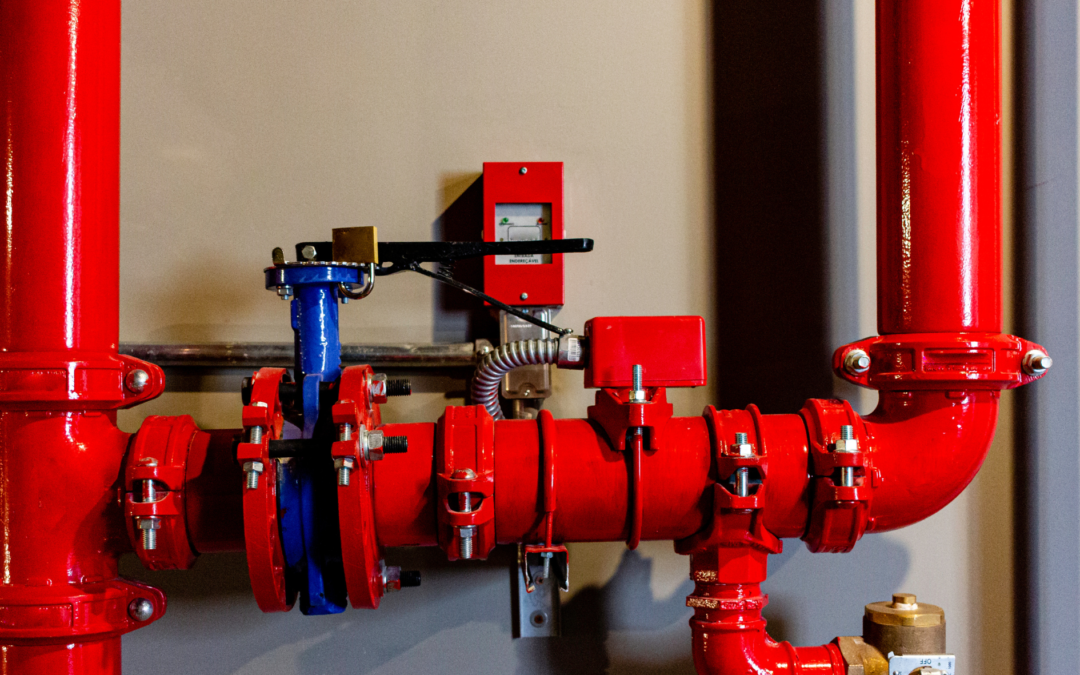INTRODUCTION:
- Plumbing follows the basic laws of nature gravity, pressure, and water seeking its own level. Knowing this, you can understand its “mysteries” and make dozens of fixes to your home’s plumbing system. You can save yourself time, trouble, and money.
- The plumbing system in your home is composed of two separate subsystems.
- We often think that plumbing requires lots of pipes, lines, and connections, and is therefore complicated.
- On the contrary, there are only two systems in place; A potable water supply that provides your home with its freshwater needs. A drainage system that removes wastewater from the home.
Three main components of the Plumbing system
- Adequate potable water supply system: Adequate water supply means a water supply that has a good yield and the pump capacity to provide the quantity and quality, where obtainable, according to s. NR 812.06, of water necessary for human or sanitary use, or for the preparation of food products and other purposes for which the water is intended to be used.
- A safe, adequate drainage system: Drainage systems should be of adequate size and easily cleaned. Drains should be designed, constructed, and maintained to convey wastewater rapidly from the building without fouling, depositing solids, or clogging.
- Ample fixtures and equipment: A plumbing fixture is a part that is connected to a plumbing system and carries water through a building. The most common plumbing fixtures are bathtubs, sinks, showers, tubs, toilets, and faucets.
Major functions of the plumbing system
The primary functions of the plumbing system within the house are as follows:
- To bring an adequate and potable supply of hot and cold water to the users of the dwelling.
- To drain all waste water and sewage discharged from these fixtures into the public sewer, or private disposal system.
Plumbing material
Most plumbing supply pipe is made out of steel, copper, and plastic; most waste (also known as “soil”) out of steel, copper, plastic, and cast iron. The straight sections of plumbing systems are called “pipes” or “tubes”.
1: What is a proper slope for Plumbing?
The proper slope for pipes traveling horizontally is a 1/4 inch vertical drop per foot of pipe.
2: Can a shower and toilet share a vent?
Yes, a shower and toilet can use the same vent. However, the toilet has to be connected last.
Types of Plumbing Fittings
- There are different kinds of pipe fittings used in piping systems. The main and most commonly sought are elbows, tees, reducers, unions, couplings, crosses, caps, swage nipples, plugs, bushings, adapters, outlets, valves & flanges.
Brunswick Engineering has been offering Mechanical, Electrical, Plumbing & Fire Protection Engineering design services to both the public & private sectors. Registered Professional Engineers in the state of NJ, NY & PA, as well LEED Accredited Professionals, Design Engineers, and CAD Draftsmen/Technicians.

